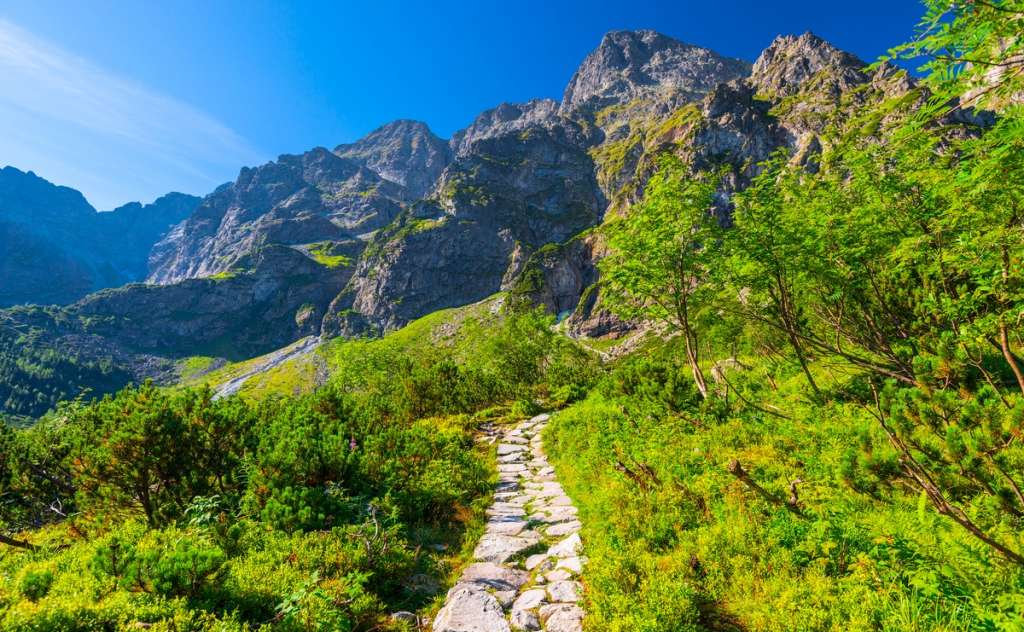Cape Maleas

Cape Maleas is located in the southeast of the Peloponnese, in the prefecture of Laconia, and is the second southernmost point of mainland Greece after Cape Tainaro. The cape is also known as Cape Malias or Kavomalias (meaning "noise", "roar"), Cape of Agios Angelos, as well as Xylochaftis because many ships sank near the area.
In ancient times it was an essential naval passage, where the frequent changes of weather caused many problems to travellers. In the Homeric Odyssey (i 80-81), Odysseus mentions that, as he was trying to cross Maleas (returning from Troy to Ithaca), the force of the north wind and the current pushed him off course. The proverb-expression of the ancient Greeks mentioned by Strabo is also well known, "if you decide to pass Maleas, forget that you have a family". Andreas Karkavitsas, in his book "Words of the Bow", gives his own unique interpretation of the storms of Kavomalias: "... the storms of Kavomalias are not made by winds ... they are made by ghosts ...". Finally, Pausanias emphasises the existence of two ancient sanctuaries in the area of the cape, west, the one in honour of Poseidon (towards the Laconic Gulf), and east, that of Apollo (towards the Myrtoo Sea).
At the end of the 18th century, at Cape Maleas, there was a deserted church in honour of the Brigadiers, whose hermit rang the bell every time he saw a sailboat passing in order to supply it with food. There are references to the "hermit of Kavomalias" written by French colonel Morande Saint Vincent, K. Ouranis in his book "Travels in Greece", as well as A. Lamartinos in his book "Journeys".
The cape is steep, with cliffs of 600 metres high. At the cape, with the low bush vegetation, rare endemic plants of Greece are met, such as nepeta scordotis, linaria hellenica etc. A unique feature of the area is the presence of large cylindrical and conical structures formed 2-3 million years ago, known as "Chimneys". They consist of durable carbonate material filled with sedimentary material. The largest cylinder is called "The Man" by the locals. According to one view, it is a fossil forest consisting of trunks and roots of palm trees, broadleaved plants and conifers. It is believed that the fossil forest was created by the calcification of the logs when the sea level rose.
At Cape Maleas, there are ruins of temples, surviving temples, the buildings of a monastery, as well as hermitages such as that of Saint Thomas in Maleo, who practised asceticism at the cape about a thousand years ago. For this reason, the place is also known as "Little Mount Athos". Visitors can see the churches of Agia Irini and Agios Georgios. The small church of Agia Irini is surrounded by the buildings of an old monastery (13th-14th century), while the small church is built on the ruins of an older one. Next to the chapel, the steps lead to the old cistern that collected rainwater for the ascetics. The small church of Agios Georgios at Maleas is located further east, at the end of the cape, and has been built on the part of the ruins of an earlier church. Inside, Byzantine frescoes testify to the age of this newer church. Ten minutes before reaching the monastery, the visitor can see the white chapel of Agia Irini Kavomalousa built in the 19th century on the ruins of an older church. It is a cruciform church with a dome where inside there are portable icons on the iconostasis, created in 1907 by Cretan monk Nestoras Vasalakis.
Near the pier of Agia Irini (east of the creek where the inhabitants approach the cape), there is a cave called Kokkaliara. It is a cave in which there are many human bones. According to legend, the water gushing through the rock was miraculous, and the bones found there are from people who were slaughtered in a pirate raid.
Cape Maleas is surrounded by a dense path network, with the most important ones leading to its lighthouse. The stone-built, square lighthouse was erected in 1883 at 40 metres above sea level. Its tower is 15 metres high and, initially, had a lighting distance of 40 miles. Today, the lighthouse's light shines at a distance of 17 nautical miles in memory of the 17 sailors who went missing on January 6th, 1993, in the wreck of the ship "Koti 1" off Cape Malias. In 2006, the lighthouse was designated a protected monument and is one of the most important lighthouses of the Greek lighthouse network. Finally, the lighthouse was restored in 2010.



